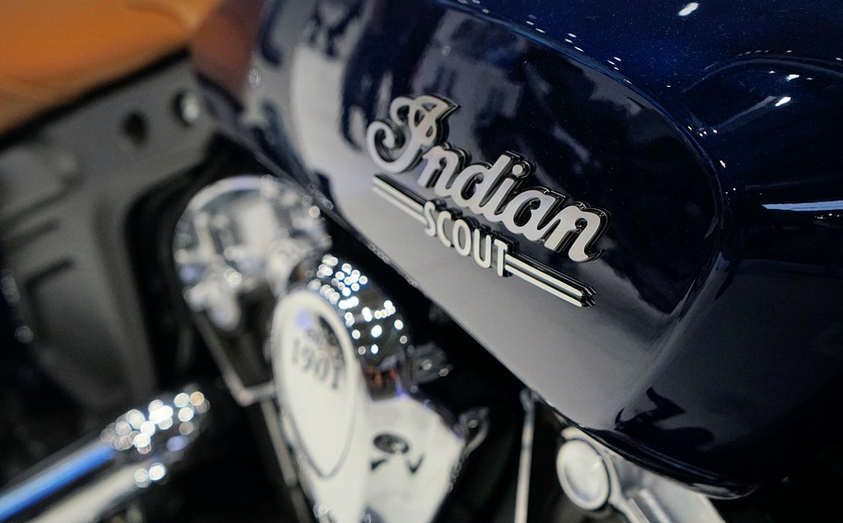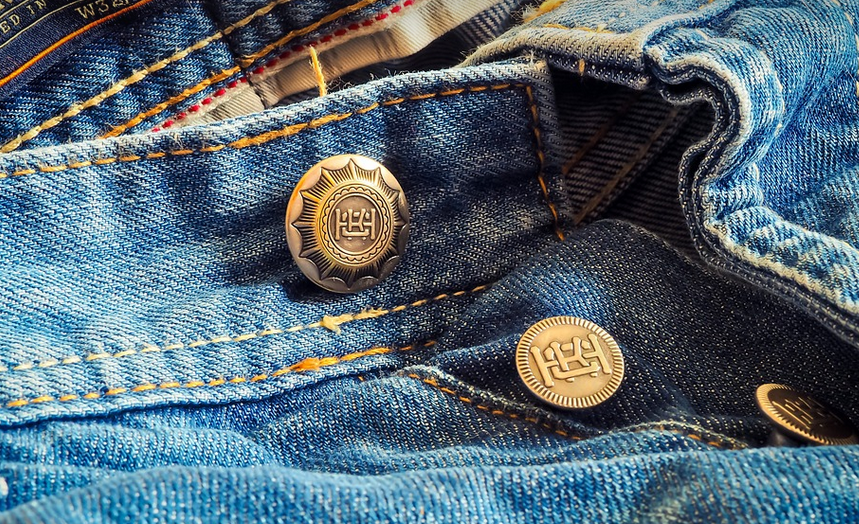Poly Bags For Clothing: A Look At The Impact Of Packaging On Sustainability

The Rise and Fall and Rise Again of Poly Bags in Fashion
Poly bags, those ubiquitous plastic sheaths that often house our favorite fashion finds, have been a fixture in the world of clothing packaging. They’re convenient, efficient, and easy for consumers to use. But, like many things in life, things change. The environmental impact of poly bags has come under growing scrutiny, leading to a shift in thinking about their role in the fashion industry.
For years, poly bags have been the go-to packaging solution for clothing retailers, thanks to their low cost and ease of use. They are lightweight, strong, and readily available. They protect clothing from dust, moisture, and damage during transit and storage. But as awareness around plastic pollution rises, so too has the need for sustainable solutions.
The problem with poly bags is that they’re not exactly eco-friendly. Polypropylene, the material most commonly used for these bags, isn’t biodegradable like some natural alternatives like paper or jute. This means that even when thrown away, the poly bag will remain in the environment for years to come, contributing to landfill waste and potentially harming wildlife.
The fashion industry, however, is not blind to this issue. They’re moving towards sustainable packaging solutions, realizing that a commitment to sustainability must extend beyond just their final products. This means exploring alternatives like paper bags, reusable containers, or even compostable packaging options made from materials like cornstarch.
The shift in thinking about poly bag usage is not merely a trend; it’s a necessity for the future of clothing production and sale.
But what exactly are these sustainable alternatives? Let’s delve into some of their benefits.
Sustainable Alternatives to Poly Bags: A Closer Look
Paper bags, perhaps the most familiar alternative to poly bags, offer a solid foundation for sustainable packaging in clothing. They’re readily available and often come in various colors and styles that can enhance the aesthetic appeal of products.
The advantage of paper bag packaging lies not just in its eco-friendliness, but also in its versatility. They are lightweight and easy to handle, making them suitable for a wide range of clothing types, from delicate silks to rugged denim.
Reusable containers offer another powerful solution. For those who buy more than a piece or two every month, these reusable bags become an essential part of their wardrobe. They’re durable and long-lasting, making them a great investment for the environmentally conscious consumer.
Compostable packaging material made from cornstarch offers a particularly intriguing option. These materials decompose naturally in composting facilities, reducing landfill waste and contributing to a more circular economy. While this solution might require some initial adjustment on the part of consumers, it holds immense potential for long-term sustainability.
Of course, not every piece of clothing requires the same level of protection during its journey from manufacturer to consumer. Some garments can be packaged using other methods like recycled cardboard boxes or even fabric waste bags.
Choosing sustainably sourced packaging is just one aspect of creating a more ethical and sustainable fashion industry. It’s also about considering the entire life cycle of clothing, including production quality, responsible sourcing, fair trade practices, and mindful consumption habits. This holistic approach to clothing production and sale will be crucial for truly making a difference.
The Future of Poly Bags in Clothing: Balancing Functionality and Sustainability
While the future of poly bags in the fashion industry is uncertain, there’s no denying that they need to evolve. We are seeing a shift in perspective as manufacturers and retailers increasingly acknowledge the environmental impact of their packaging choices. This change in mindset will determine how we move forward.
The ultimate goal is not to completely eradicate poly bags but rather to find a balance between functionality, convenience, and sustainability. This means exploring innovative solutions that can minimize ecological impact without compromising on practical considerations. For instance, using recycled or biodegradable poly bags made from sustainable materials could be a step in the right direction.
As consumers become more mindful of their environmental impact, they are demanding transparency and accountability from brands. They’re looking beyond just the final product and seeking to understand how brands are incorporating sustainability throughout their operations. This shift in consumer preference is a call for change, pushing the industry towards responsible practices at every stage of production, packaging, and sale.
The future of poly bags lies not only in their ability to protect clothing but also in their ability to contribute to a more sustainable fashion industry. It’s about finding solutions that meet both our practical needs and our environmental responsibilities. It’s about embracing innovation and collaboration across industries, paving the way for a greener future.
Conclusion: Embracing Sustainable Practices for a Better Fashion Future
The journey towards sustainable packaging for clothing requires a collaborative effort from manufacturers, retailers, consumers, and policymakers alike. It’s an ongoing process of learning, adapting, and implementing innovative solutions. It’s about finding the right balance between functionality, convenience, and sustainability so that we can build a fashion industry that is both responsible and environmentally conscious.
As you move forward with your purchase decisions, it’s important to remember that every choice you make matters. When choosing clothing, consider where it’s made, how its packaging is processed, and what steps the brand takes towards sustainability. Your support for sustainable fashion practices can inspire positive change in the industry as a whole.


